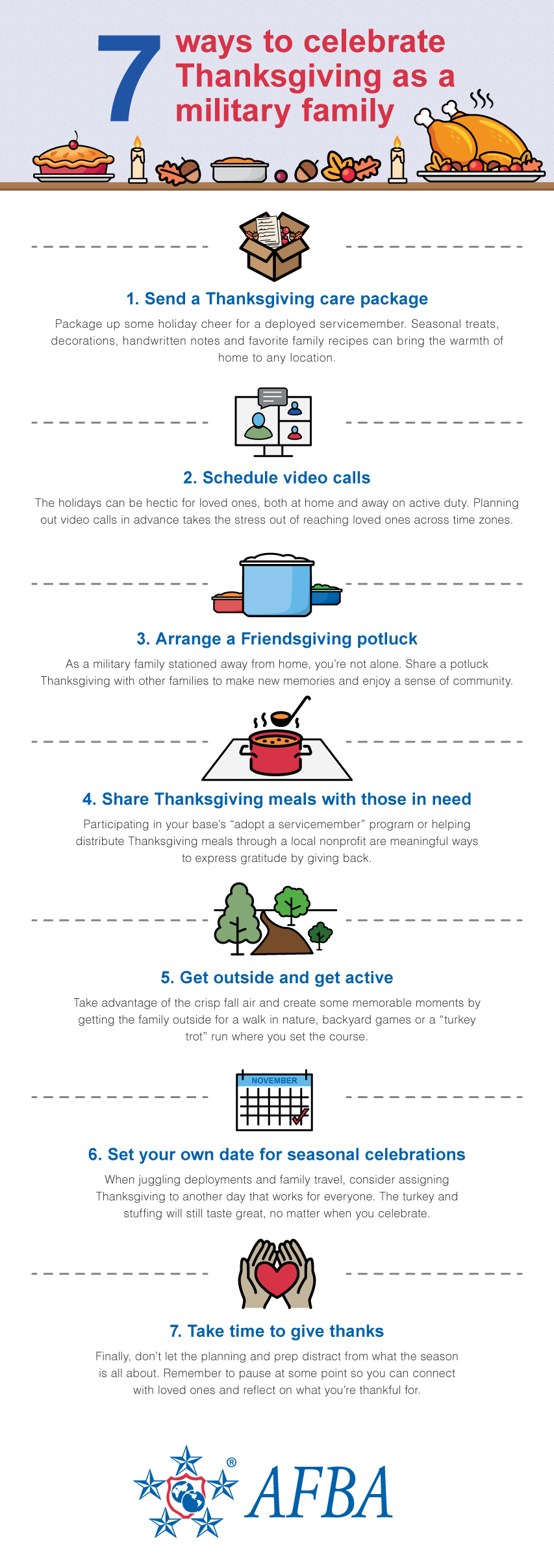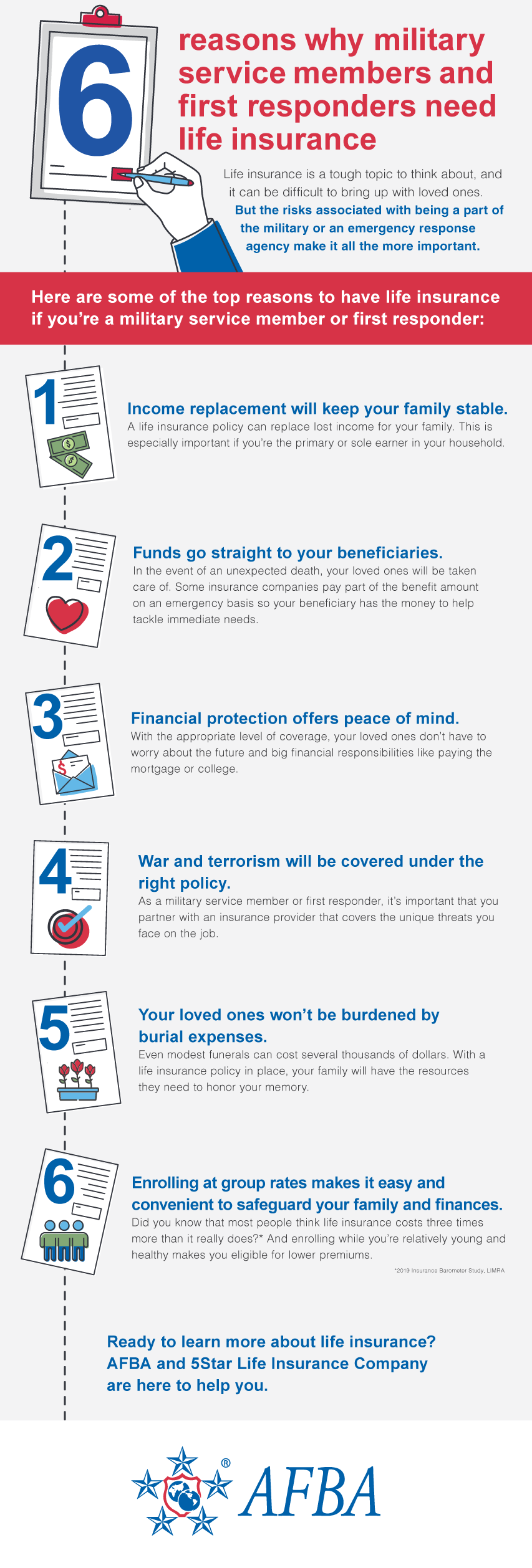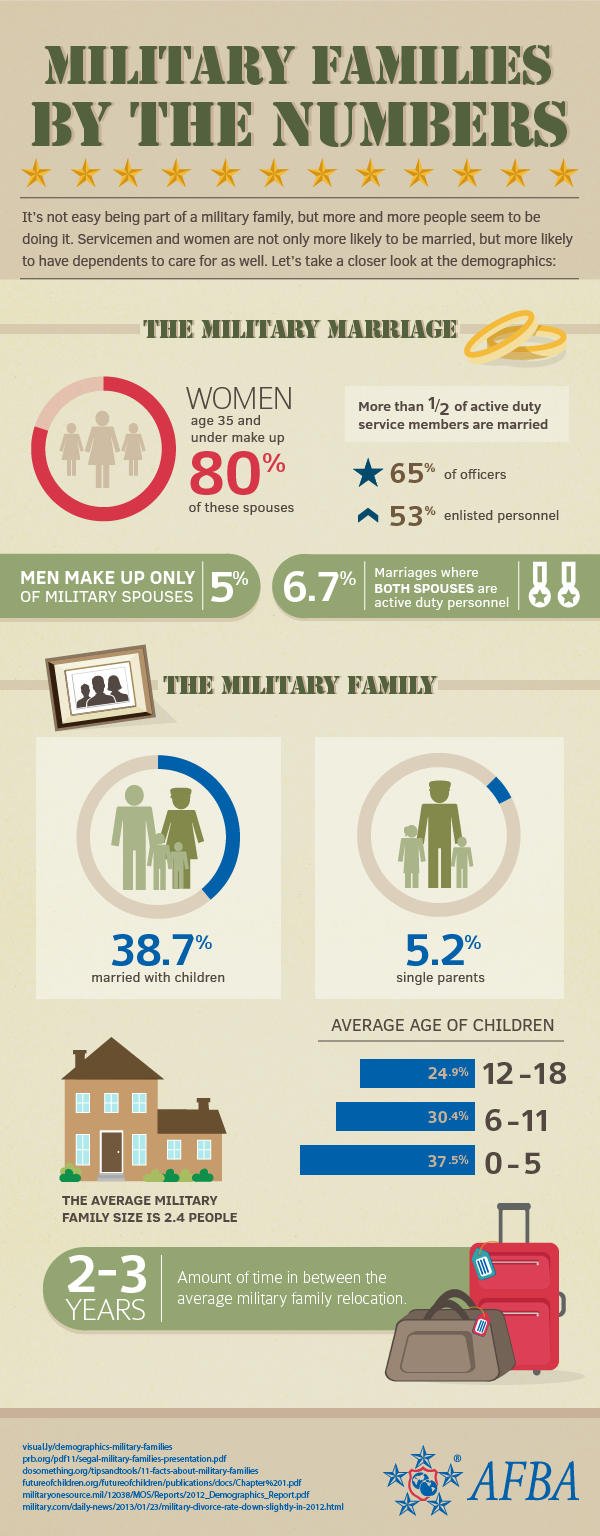


There are few life changes bigger than that involved in transitioning from military service to the civilian world. The thousands of servicemen and women who do it each year know it isn’t easy to trade the uniform for a dress shirt and tie, or base housing for a private home or apartment.
Questions over health care, education, employment and much more have to be answered, preferably a few months before actually being discharged. One way to make the transition to a life after service easier is if servicemembers know they’re coming home to cities that welcome them with open arms, where opportunities to work and relax are theirs for the taking.
What would such cities look like? Which factors would determine their suitability for veterans? Affordability is obviously a key concern. Housing, including single family homes, condos and apartments, would have to be within an achievable price range, with guarantees that prices wouldn’t skyrocket in the next few years. That rules out some major cities but opens plenty of other options nationwide.
Proximity to Department of Veterans Affairs hospitals and care providers is obviously essential. Veterans need to have immediate access to medical support, both of the physical and emotional kind, so that rules out deep, rural areas and urban areas with only limited facilities.
Here’s another factor to consider – a sense of community. One of the great benefits of military service is the camaraderie and fellowship of being with like-minded men and women united in a patriotic effort. Many veterans miss that sense of togetherness when they leave, but they don’t have to. Veterans communities exist all over the country, and they’re often just as important to the happiness and well-being of retired servicemembers as a quality hospital or bright employment outlook.
Considering these requirements and many others, here’s a list of some of the best cities for veterans.
Military veterans making the transition back into civilian life need support. Fortunately, there are myriad resources they can turn to when things get difficult.
Look to fellow members of the military
Often, veterans struggling with life after service rely on the very men and women they served with, reported The New York Times. Many former soldiers form loose support networks and help fellow veterans adjust everyday life. They also provide aid in crisis situations.
“The guys we served with, they are the only ones we can really talk to,” Manny Bojorquez, a Marine veteran and a member of one of these networks, told The Times.
Others have established legitimate support organizations. One such group, called Team Rubicon, recruits veterans for international humanitarian missions. William McNulty, a Marine veteran and co-founder of Team Rubicon, says the organization helps ex-military members connect and focus on something bigger than themselves.
“Veterans believe in a team environment,” he told The Times. “They want to be part of a team bigger than themselves.”
Tap into traditional services
Despite its recent failings, the Department of Veterans Affairs does offer a variety of valuable services. The GI Bill has provided educational resources to millions of veterans since its establishment in 1944. And, the post-9/11 iteration of the program offers extra services, including vocational and technical training, tutorial assistance and on-the-job training.
According to U.S. News & World Report, over half of veterans who take advantage of the GI Bill and other comparable resources thrive after school. Almost a million former members of the military used education benefits programs in 2012.
Find third-party organizations
Many third-party groups offer assistance to veterans. Iraq and Afghanistan Veterans of America provides a social media network catered to former members of the military and hosts hundreds of events across the country each year. It also lobbies Congress to take action on issues impacting active duty personnel and veterans, reported The Times.
The War Writers’ Campaign hosts writing workshops for veterans and provides financial support to those looking to publish their work.
“The mission right now is to promote social change surrounding veterans’ issues through written awareness,” Ryan Weemer, a Marine veteran and the group’s co-founder, said in an interview with The Times. “We feel that writing has that healing process. Therapy through communication.”
Transitioning to life after service can be difficult for veterans. There are many decisions to make, a lot of new challenges to overcome and tons of questions that need answering. Fortunately, there are many resources available to help make the transition from military life a little less daunting for former servicemembers. Let’s examine a few of these helpful programs.
Veterans’ Employment Training Services
As stated in the infographic below, VETS is an independent agency geared toward helping veterans make the shift to civilian life. The organization’s main areas of focus are job training, transition assistance, veterans’ rights and veteran hiring. VETS helps former servicemembers get a jumpstart on their careers using resume assistance and interview coaching. The agency also protects veterans who are currently in the workforce by ensuring fair and equal treatment.
Disabled Veterans’ Outreach Program
Sometimes veterans sustain injuries in combat that leave them disabled, but that does not mean they do not deserve an equal opportunity at employment. The DVOP trains specialists who are then sent to employment offices, military bases and veterans’ outreach centers across the U.S. These specialists are in place to help disabled veterans find suitable work and to maintain the fair treatment of disabled former servicemembers in the workplace. Read more about this program in the infographic below.
Local Veterans Employment Representative Program
This program organizes workers that act as advocates for veterans in the civilian workforce. LVER makes sure that all veterans in the area are informed of the services available to them. The program also reaches out to local former servicemembers interested in job training and social services counseling. To learn more about LVER, check out the infographic below.
When veterans transition to civilian life, it should be a time of excitement not stress. The programs listed in the infographic below were created specifically to make the transition a little easier for former servicemembers.
Military members dedicate their lives and their careers to serving others, so it is only right that society gives back to these individuals in some way. Many businesses offer military discounts to show their gratitude to servicemembers and veterans. The most common areas that offer these discounts are restaurants, outings and services.
Restaurants
There is nothing quite as special as sharing a meal with family, especially when your servicemember has been deployed for awhile. Restaurants like Fuddrucker’s, Texas Roadhouse and Bennigan’s are three of the most popular military-friendly dining establishments. See the infographic below for the specific discounts at each location.
Outings
Military life can be stressful on both servicemembers and families. Sometimes it is nice to escape it all for a day. Park Ride Fly USA, the off-site parking lots for airports, offer great military discounts that will making getting away even easier. Sandals Resorts make a great vacation for military families, as the company offers discounted travel packages for servicemembers. For military families who would rather stay closer to home, Showcase Cinemas also offer discounted tickets to servicemembers and their families upon the presentation of a valid military ID.
Services
What better way to honor servicemembers than by providing discount services? Every servicemember and his or her family will need to go grocery shopping at some point and CostCo has them covered. The grocery chain offers military discounts on their items, making the life of military members a little easier. Apple and AT&T also want to make things easier for servicemembers by offering a discount on electronics and phone/internet services.
Military members deserve gratitude for their service, and many businesses show their appreciation by offering discounted goods and services for individuals with a military ID. For a more in-depth look at places that offer military discounts, check out the infographic below.
Make new memories with the family this summer by going to one of the many getaways in the U.S. Whether you’re a group of nature-lovers or thrill-seekers, there are trips for every family. Here are some of the top family-friendly destinations to consider this summer.
For nature-lovers
Yellowstone National Park boasts over 10,000 hydrothermal features, including geysers and travertine terraces. As you embark on unforgettable hikes through this national treasure, you can learn about the park’s long history and admire the unique flora and fauna.
The Grand Canyon is equally breathtaking. Here, you can hike, raft, and even ride a mule through this 1,218,375 acre world heritage site. The Grand Canyon is also home to some of the rare ecosystems in the world, like the boreal forest.
For thrill-seekers
At Niagara Falls, you can get up-close and personal with the 750,000 gallons of water that thunder over the falls every second. Take a boat cruise through the oldest national park in the U.S. for a different perspective on this natural wonder. With day hikes and nighttime fireworks shows, your family will be plenty busy.
Disney World is undoubtedly one of the most popular summer destinations. It is known for its exciting attractions that cater to kids and adults alike. With four theme parks and two parks to explore, everyday will be an adventure.
For history buffs
Follow in the footsteps of America’s Founding Fathers by taking a trip to historic Williamsburg. The kids’ history lessons will come to life in a variety of historical reenactments, and everyone in the family can learn something new in the art museums and workshops.
As the heart of the Revolution, Boston has many sites for the history buffs in your family. Walk the footsteps of the Revolutionaries along the Freedom Trail and see such sites as the Old North Church where Paul Revere looked for the signal lanterns that indicated whether the British would arrive by land or sea.
For sunbathers
Myrtle Beach is the premiere South Carolina destination for fun in the sun. Sit back and enjoy the ocean view or practice your swing at the many golf courses in the area. Myrtle Beach is the best place to enjoy the beach and experience the famous southern hospitality.
Enjoy the Rockies and the Great Plains in lovely Colorado Springs. This laid-back city offers everything from hot air balloon rides to museums. There is plenty of scenery to appreciate here, as well.

As a servicemember, the American flag undoubtedly has significant meaning in your life. Because it is such an important symbol, it is vital that you display it properly and with pride. To avoid accidentally disrespecting this emblem that holds such importance to you, use these pointers when exhibiting it at home.
Dos
- Fly the flag proudly on buildings or flagstaffs from dawn until dusk.
- Purchase an all-weather flag if you plan to hang it year-round.
- Dispose of unserviceable flags properly by contacting your local American Legion Post, which usually holds dignified flag burning ceremonies each year on Flag Day.
- Try to prevent the flag from touching anything beneath it, particularly the ground.
Don’ts
- Display the flag after dark unless you have it properly illuminated.
- Let the flag sustain damage from neglect or harsh weather, since this can be seen as a sign of disrespect.
- Burn the flag in public and without discretion. This will likely be mistaken for a protest or act of rebellion.
- Let the flag touch the ground. If it does by accident, there is no need to destroy it as long as it is suitable for use.


Much is made about the statistics of the U.S. Armed Forces – how many members, where they are stationed, what equipment they are deployed with, just to name a few. In fact, the U.S. military relies on effective intelligence regarding its military to ensure quick and efficient performance in the field.
For military families, the same may be true. By understanding the facts and figures about life married to a member of the military, both spouses and children can benefit from a view of the bigger picture of what it means to be part of a military family.
Marrying a servicemember
While some statistics about military families may seem fairly predictable, others run counter to the common images of servicemembers and their spouses. For example, 80 percent of all partners of servicemembers are women 35-years-old or younger. On the other hand, only 5 percent of military spouses are men.
This may fall in line with a preponderance of men in the Armed Forces, but a surprising number of active duty members – more than 50 percent – are married. The numbers is slightly greater for enlisted personnel – 53 percent – and even higher for officers – 65 percent.
Of course, there are rare cases where both spouses of a military family are active duty servicemembers. These military families make up 6.7 percent of all marriages in the Armed Forces.
The military family unit
Spouses only make up one part of the military family, however, and 38.7 percent of all families have married parents caring for children as opposed to 5.2 percent of single parents. The average family is 2.4 members, and the average age for children is weighted toward the younger side. Families with children ages 0 to 5 comprise 37.5 percent of the demographic, ages 6 to 11 account for 30.4 percent and ages 12 to 18 make up 24.9 percent of military children.
Living a military life
Military families may experience different life events than the rest of the population, with the time between relocations due to base closures or deployments occurring every two to three years on average.

